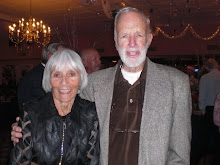Malcolm Gladwell in this book explores the lives of people like Mozart , the Beatles, Bill Gates, and other really successful people to find that before success, they had put in at least 10,000 hours of practice (or trial) before they got really good at what they were doing.
10,000 hours is what? It is an 8 hour day, 5 days a week for almost 5 years with no time off for Christmas or sickness.
Now that is his 10,000 hour rule. That is the minimum that great performance needs.
He thinks no one is just born with the talent.
You have to pay your dues.
So how much sailing
practice and regatta
sailing will you
be doing this
week, month,
or year?
?
WZB50-P-VB-03
11 months ago






